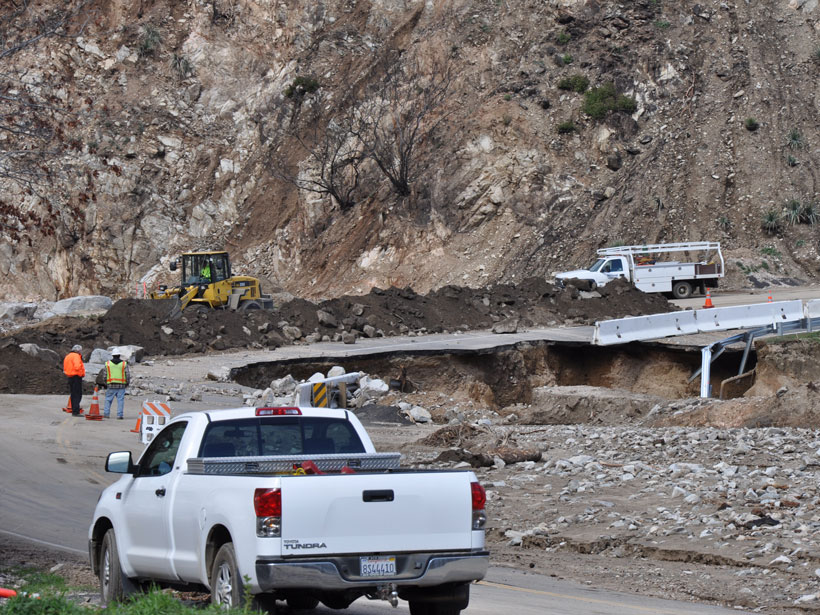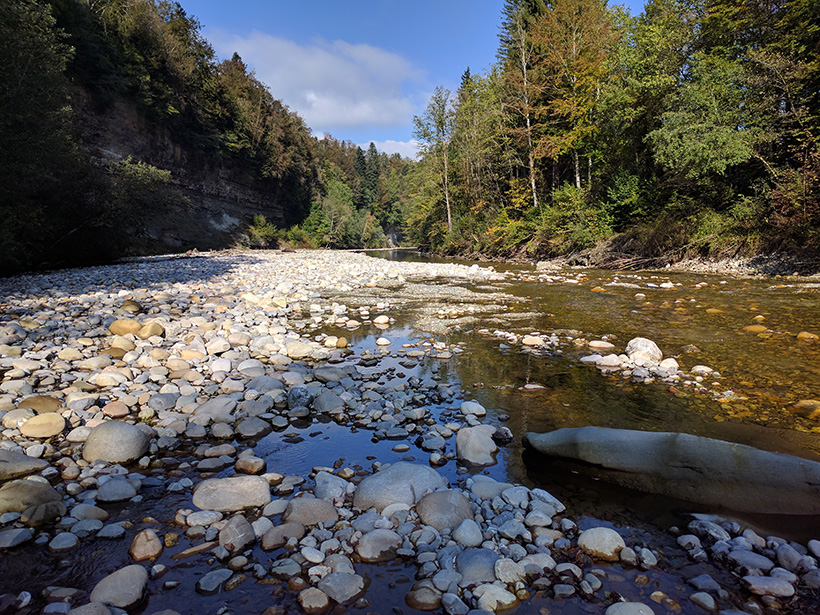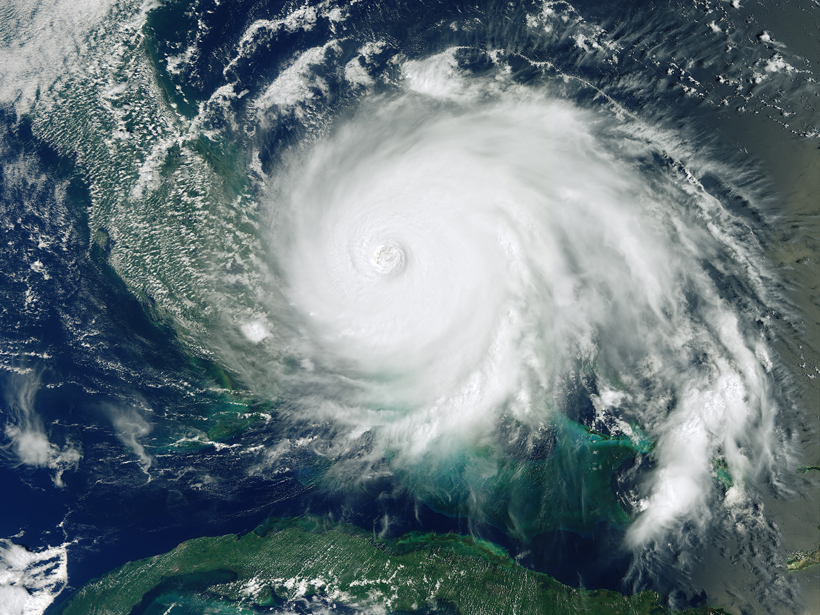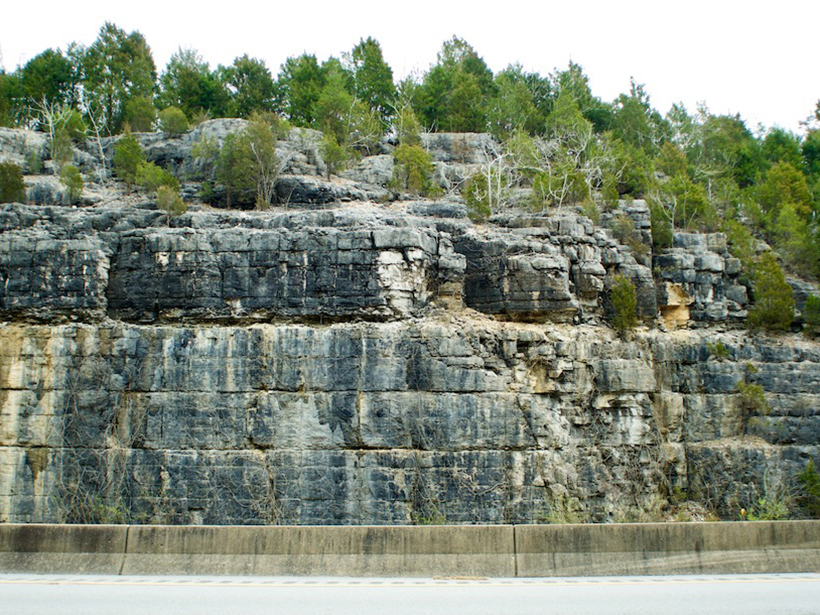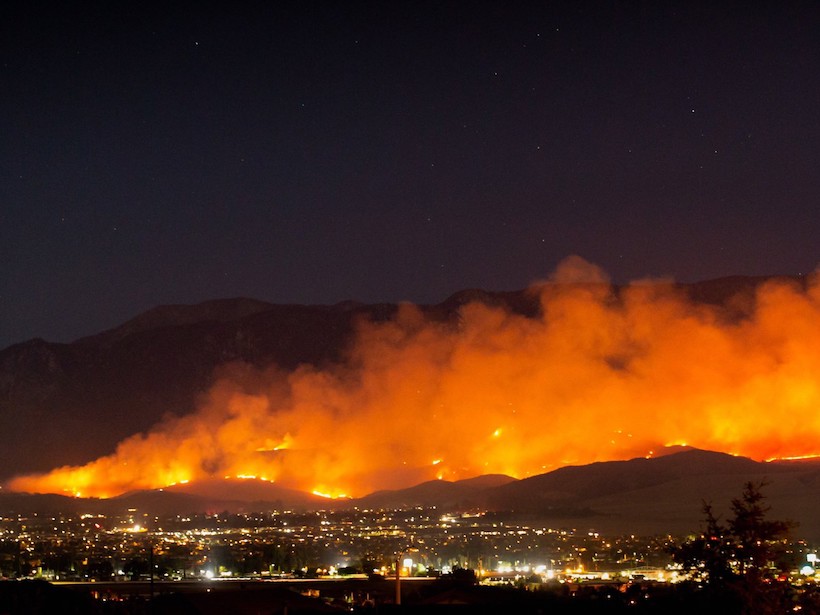New research finds that Actinobacteria in lava caves fix carbon and survive independent of surface inputs, offering a fresh perspective in the search for life beyond Earth.
Aaron Sidder
Aaron Sidder is a freelance writer based out of Denver, Colo. He has a master’s degree in ecology from Colorado State University. Aaron was an AGU-sponsored AAAS Mass Media Science & Engineering Fellow at National Geographic in 2016, and he has been writing for Eos ever since. In addition to Eos and National Geographic, he has written for National Geographic Kids Magazine, Smithosonian Smart News, 5280 Magazine, and the Santa Fe Institute. In his free time, he cultivates an extensive—and growing—collection of field guides from around the country.
Examining the Intricacies of Ozone Removal by Deciduous Forests
A new study looks into how air movement in the atmospheric boundary layer affects ozone removal by deciduous forests, which are a significant ozone sink.
Crustal Motion and Strain Rates in the Southern Basin and Range Province
New research teases out variations in strain rates and explores potential earthquake hazards across the southern Basin and Range and Colorado Plateau.
The Wildfire One-Two: First the Burn, Then the Landslides
Severe wildfires strip away plant cover and reduce the soil’s ability to hold water. A new study develops a model to better understand landslide risk following a burn.
Establishing a Link Between Air Pollution and Dementia
A new study examines the relationship between fine particulate matter (PM2.5) and dementia, finding that air pollution may be responsible for up to 2 million dementia cases each year.
Tracing Water from River to Aquifer
A new technique using dissolved noble gas tracers sheds light on how water moves through an aquifer, with implications for water resources and their vulnerability to climate change.
Descifrando las causas de la actividad de los huracanes en el pasado
Registros individuales de paleohuracanes extraídos de los sedimentos de islas azotadas por tormentas no muestran una clara influencia del clima en la frecuencia de los huracanes en el último milenio.
Ciertas formaciones rocosas pueden provocar riesgos de radón en los hogares
Investigadores de Kentucky han combinado resultados de kits de pruebas domésticas con el mapa geológico del estado para elaborar un mapa del potencial de radón en interiores basado en la geología subyacente a las viviendas del estado.
Satellite Captures Detaching Iceberg in Near-Real Time
NASA’s ICESat-2 satellite recorded the cleaving of a 315-billion-ton iceberg from Amery Ice Shelf in 2019, as well as years of subtle cracking and splitting prior to the calving event.
Uncovering Patterns in California’s Blazing Wildfires
A study of trends in wildfire occurrence over the past 30 years shows that environmental, climatic, and human-related factors can point out regions with high fire probabilities.




